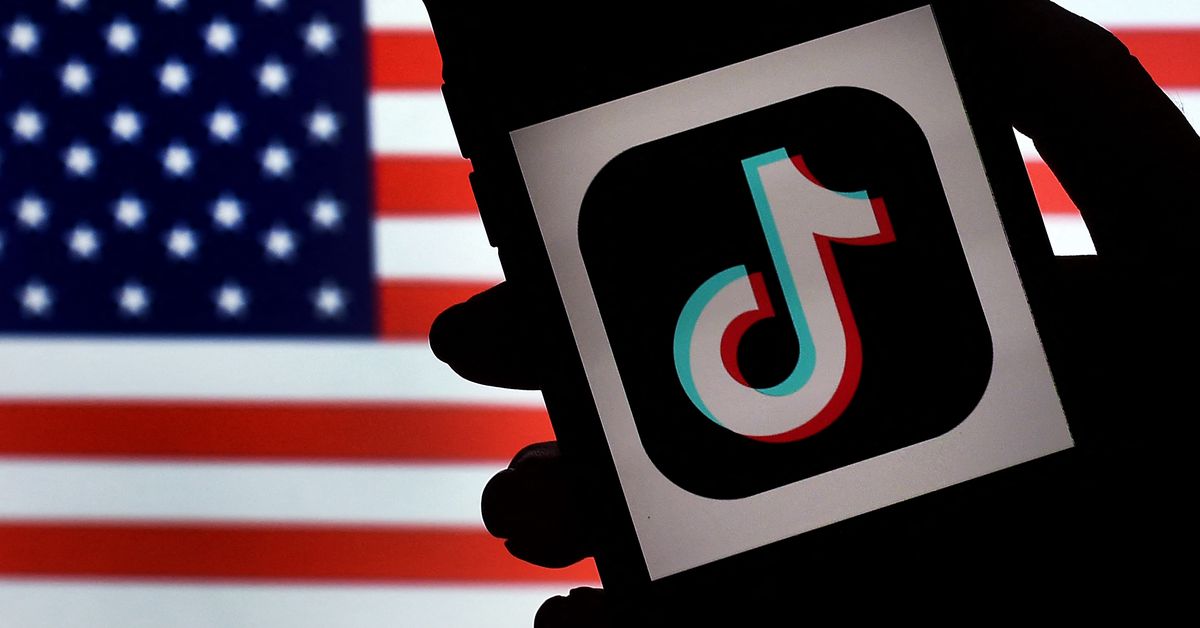TikTok is great for spreading political messages — and conspiracy theories

A man sets his tactical gear bag next to the assault rifle on his bed, above which hangs an American flag. “Don’t mind me,” he says, “I’m just getting ready for my IRS audit.” This, pulled from a viral Twitter thread, was just one of the many TikTok videos that, explicitly or implicitly, threatened civil war after the passage of the Inflation Reduction Act. “It’s go time,” he continues. “Everybody knows exactly what I’m talking about.” (He’s talking about fighting IRS employees who are supposedly coming to seize his guns. The IRS is not doing that.)
Most or all of the videos on the thread have since been removed from TikTok, but it’s no accident that this sort of inflammatory political discourse proliferates throughout the platform. In the past four years of its existence in the US, TikTok has become the most effective platform for any single user to communicate to the largest possible audience in the shortest amount of time. And despite the company’s attempts to be viewed as apolitical, it’s now one of the most widely consumed sources of discourse, political and otherwise.
The right is prepping for civil war. I’d report them all to the @FBI, but I literally don’t have time to sit report the hundreds of videos like this I’m seeing on my alt tiktok. (And they didn’t check Twitter.) so here’s a /1 pic.twitter.com/4zttJLxCaf
— Michelle (@LivingBlueTX) August 9, 2022
The Republican Party has made great use of this, relying on the work of charismatic right-wing influencers to spread its messages on platforms big and small. Democrats, meanwhile, haven’t made the same inroads with the creator economy, but their most recent efforts have tried to keep up. Earlier this year, the Democratic National Committee built an online organizing hub where TikTok and other social media influencers can find party-approved talking points and repostable content on topics from abortion rights to gun control. So far, the committee has recruited nearly 1,000 people to the hub, according to The Verge, and has generated more than 83 million social impressions.
This isn’t the first time the DNC has partnered with influencers; during the lead-up to the 2020 election, the Biden campaign hired a firm to help with its outreach to influencers, some of whom were invited to interview Biden on Instagram Live, and when Russian forces invaded Ukraine earlier this year, the White House briefed a group of TikTokers on how to best inform their followers. As Nell Thomas, chief technology officer for the DNC, told Recode’s Peter Kafka, the Democrats are trying to meet the people where they spend the most time. (According to Sensor Tower, American TikTok users spent an average of 82 minutes a day on the platform during the second quarter of 2022, which is twice as long as they spent on Instagram or Facebook.)
There are a few reasons TikTok is so uniquely powerful at one-to-many communication. The first is that most TikToks are short. You can consume dozens of TikToks, for instance, in the time it might take to watch the average YouTube video, which means view counts for viral videos are massive. The second is that, thanks to its algorithm, you can go extremely viral without having a single follower on your account. There is little to zero gatekeeping on TikTok; in theory, anyone’s idea can become the next day’s discourse.
Third is the fact that TikTok is a Platonically perfect social media app for generating parasocial relationships. As I’ve written previously, it’s far easier to feel connected to what someone is saying when you can see their face and when it feels like you’re FaceTiming with them. YouTube, itself an incredibly powerful tool of political messaging, is also very good at this, but the difference is that creating a TikTok requires far less effort, skill, and established influence.
As the White House tries to get its message to a new generation of voters, it will have to compete with the hundreds of millions of other videos that are uploaded to TikTok all the time. Rumors, conspiracy theories, and clickbait-y or visually captivating videos often rise quickly to the top of users’ algorithms, and because they’re made up of video and audio files, they’re even more difficult for moderation algorithms to detect. Instead, TikTok’s thousands-strong army of content moderators, who are subject to the internet’s most vile content as well as draconian productivity measures, are essentially playing an infinite game of whack-a-mole to keep the platform safe and free from, say, threats of civil war.
Despite these efforts, election misinformation still spreads rapidly on TikTok in the US and elsewhere. Culture-war discourse is also a constant feature on TikTok, and it’s been particularly disturbing to see messaging that demonizes trans people and sex workers or promotes Puritanism in the name of moral superiority go mainstream on the platform.
But this is what happens when the same mechanisms of virality apply to meaningless week-long fads and deep-seated political divisions: Anything that is novel or compelling attracts more attention than, say, accurate depictions of what average people actually think. As the government tightens its focus on TikTok’s Chinese ownership, the more immediate threat to American political discourse isn’t secretive disinformation campaigns or security leaks; it’s a system in which clarity and nuance are abandoned for sensationalism. Whether they want to or not, the Democrats will have to find their own way to keep people’s attention.
This column was first published in The Goods newsletter. Sign up here so you don’t miss the next one, plus get newsletter exclusives.


